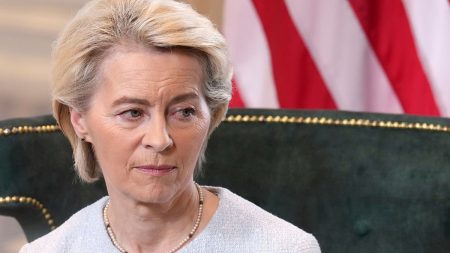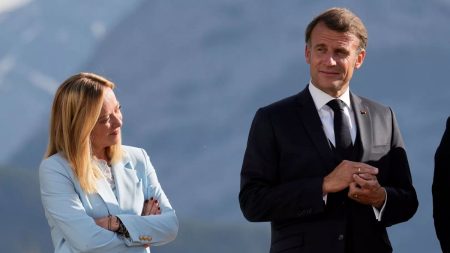Communication, encompassing both internal interactions within an organization and external exchanges with clients, partners, and the public, constitutes a substantial portion of the workday for a significant number of employees across the European Union. A recent Eurostat study reveals that nearly half (46%) of EU workers dedicate at least 50% of their working hours to communication-related activities. This underscores the crucial role of effective communication in contemporary work environments, impacting productivity, collaboration, and overall organizational success. The widespread adoption of digital communication tools, while enhancing connectivity, has also contributed to the pervasiveness of communication in the workplace, blurring the lines between work and personal life and potentially contributing to communication overload for some individuals.
The prevalence of communication-intensive roles varies considerably across different EU member states. Malta, France, and Austria report the highest proportion of workers who spend at least half their workday communicating, suggesting potentially different work cultures, organizational structures, or industry compositions within these countries. Conversely, Slovakia, Greece, and Latvia exhibit the lowest percentages, indicating a potentially reduced reliance on constant communication or a prevalence of roles requiring less direct interaction. These variations highlight the influence of national context and economic factors on workplace communication patterns. Further research could explore the specific drivers behind these differences, such as the dominant industries in each country or the prevalence of remote work arrangements.
Demographic factors also play a significant role in shaping communication patterns at work. Women consistently report spending more time on communication than men, with 51.5% of female employees dedicating at least half their workday to communication compared to 43% of male employees. This disparity could stem from various factors, including gendered expectations and roles within organizations, different communication styles, or the prevalence of women in communication-intensive professions. Generational differences also emerge, with Gen Z women exhibiting the highest engagement in communication (56%), followed by millennial men (45%). These generational trends may reflect the digital fluency of younger generations and their comfort with diverse communication platforms, as well as evolving workplace norms around collaboration and information sharing.
Analyzing communication patterns across different professions reveals further insights into the varying demands of different roles. Finance and insurance professionals lead the pack, with 58.5% spending at least half their time communicating, followed closely by those in education (56.4%) and hospitality (55.5%). These sectors often require extensive interaction with clients, stakeholders, or students, necessitating strong communication skills for building rapport, providing information, and negotiating agreements. In contrast, the agriculture, forestry, and fishing sector shows the lowest reliance on communication (19.3%), likely due to the nature of the work, which often involves more individual or small-team activities in outdoor settings. These sectoral differences underscore the importance of tailoring communication strategies to the specific needs and demands of each profession.
The implications of these findings are significant for both individuals and organizations. For individuals, recognizing the substantial time commitment required for communication can help prioritize tasks, manage workloads, and develop strategies for effective communication in diverse contexts. Training programs focused on enhancing communication skills, including active listening, concise writing, and cross-cultural communication, can empower individuals to navigate complex communication environments more effectively. Organizations can benefit from understanding these communication patterns by designing workflows and communication channels that optimize information flow, minimize disruptions, and promote efficient collaboration. Flexible work arrangements and communication policies that acknowledge the varying communication needs of different roles and demographics can contribute to a more productive and inclusive work environment.
Further research could delve deeper into the specific types of communication activities that occupy employees’ time, exploring the balance between synchronous and asynchronous communication, the use of various communication platforms, and the perceived effectiveness of different communication methods. Understanding these nuances can help organizations and individuals tailor their communication strategies for greater impact and reduce the potential for communication overload. Additionally, exploring the link between communication patterns and key performance indicators, such as productivity, innovation, and employee well-being, could provide valuable insights into the strategic role of communication in driving organizational success. Ultimately, a comprehensive understanding of workplace communication dynamics is essential for creating thriving work environments that foster collaboration, innovation, and employee satisfaction.














